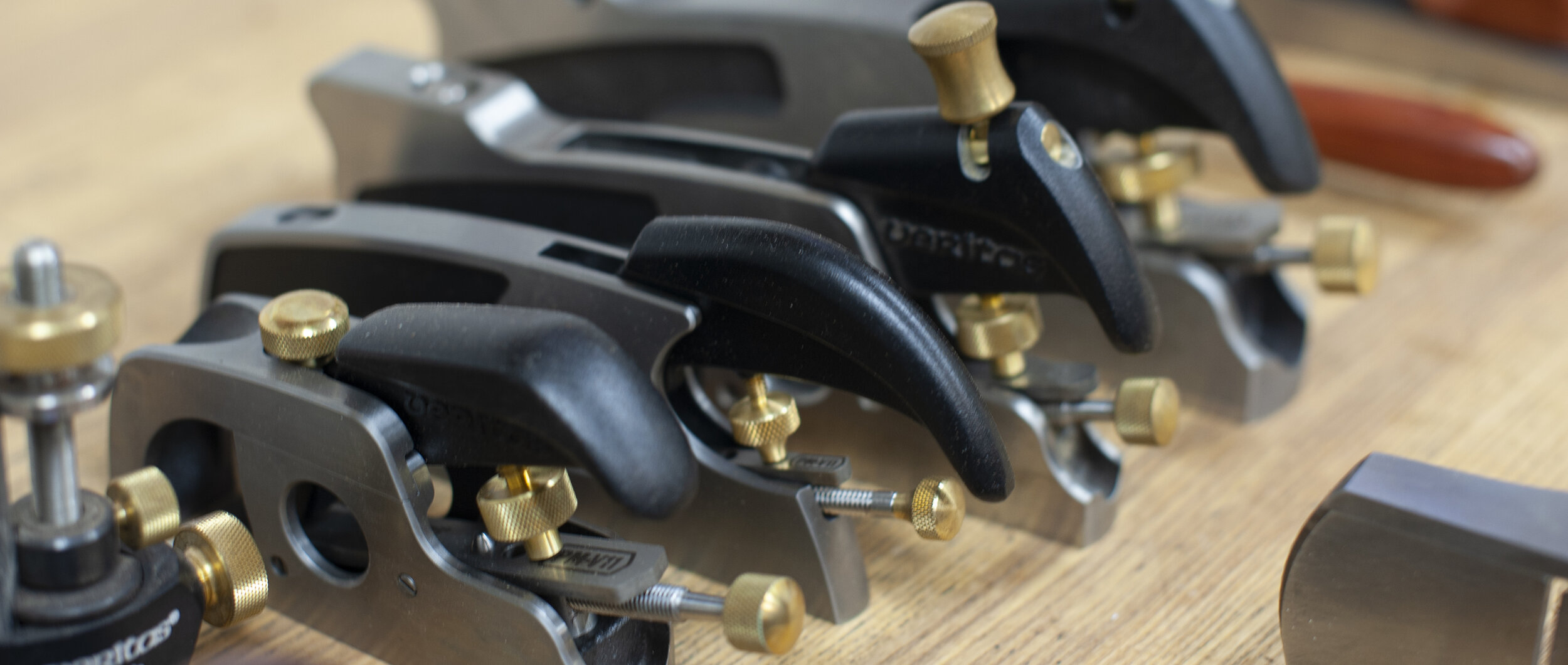The hybrid woodworker is a term coined by the online woodworking Godfather himself, The Wood Whisperer. It simply refers to someone who uses both power tools and hand tools in woodworking. Many woodworkers start out using only power tools and may stick with that approach for their entire lives. Others start on the hand tool side and may never deviate. In my opinion, most are somewhere in between.
Early in my woodworking experience, I was a power tool woodworker and purchased all the machines I could get my hands on. Thankfully, my photography business could support those purchases. But, as I progressed, I became more adept at using hand tools and have enjoyed using them even more than their powered cousins. You can read more about that in my blog about my approach to tools.
I want to explore in this post how this move toward unpowered tools has been during the building of this project. I have been very intentional in approaching each task in a hand-tool-first manner. When I go to make a crosscut of a board, I have been marking it a tiny bit long, cutting it with a handsaw and then using a shooting board to square up the end to get an exact fit. This approach has highlighted that, when using the hand tools, it actually does not take that much longer. Simple tasks like crosscuts, drilling small holes with an eggbeater drill, and simple chiseling are quite rewarding and often seem to be quicker and easier that setting up a power tool.
What I have found is that more complex, repeatable tasks benefit from the use of a power tool. For example, I needed to cut eight grooves across the width of cabinet in various places. The proper hand technique would be to use a knife to mark the lines, use a chisel to define those lines, and then cut the groove with a router plane. However, in the interest of time, a powered router with a straight bit made quick work of those grooves—probably cutting the time by a third or more (pun intended).
Machine made vs. Handmade
In woodworking circles and often online, there are heated discussions on differences between machine-powered and human-powered wooden products. There are arguments for and against both—neither of which do I want to discuss here. My discovery illustrates the differences that machine-powered work and human-powered work have on the finished product and how that work looks to the craftsman.
As a woodworker who started with power tools and the large machines made to make quick work of woodcraft, I could execute a perfect cut or perfect joint as long as I took the time to set up the machine with the proper jigs and accessories. As a machine woodworker, you are often working toward that manufactured look of perfection—or at least I was. As I moved into this hand tool world, I had to change my perspective. I could not expect perfection in the joints and had to be okay with the challenges that accompany the unplugged shop.
Hand tools are very precise in the hands of an experienced woodworker, but they have more of a human element than a machine. They translate good days and bad days into the wood and the feelings of the woodworker can be seen in their use. If the craftsman’s mind wanders during the cut, you may see a drift past the baseline, or if the user is not paying attention to the grain of the wood, terrible tear-out may occur. These rarely arise when using a machine.
As a woodworker migrating to handwork, I have given myself permission for those flaws to appear in my workmanship. My dovetails are far from perfect, the saw cuts might be a bit crooked, and my joints might be a bit loose, but they are all done in a way that connects me more to the wood than a machine does. For me, connecting to the wood without the noise of the machine and trying to do things under my own power and skill is the new challenge I want to face in my craft. For others, my hope is that the character of the maker is shown in the final piece.





